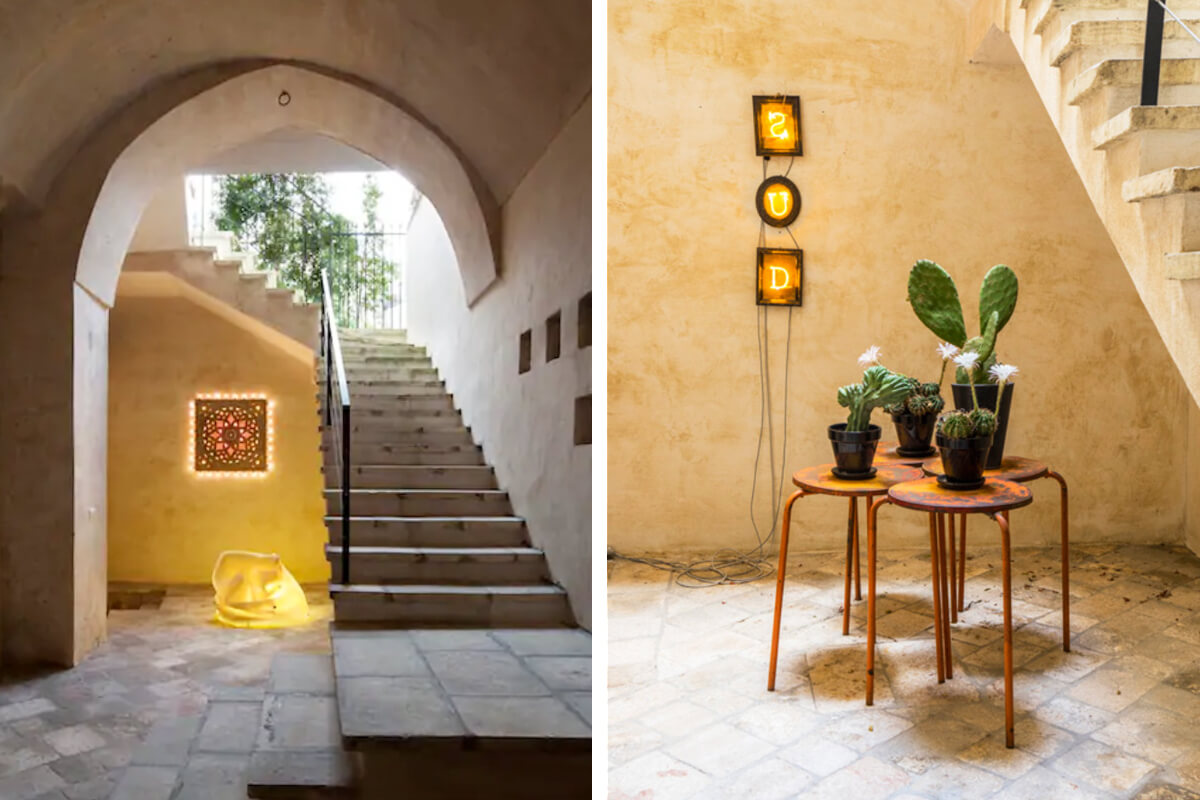Italian home décor is not as glamorous as it appears in glossy magazines. While lovely and ideal for a summer vacation, most Italian homes do not resemble Tuscan country cottages or Milanese lofts. The majority of residential dwellings in Italy are in towns and cities, and flat living is more prevalent than owning property and an independent villa.
Many families have vacation houses in the country or on the seaside that they share with family. Not unexpectedly, the interior decor of the holiday homes is more eclectic, as each family member leaves something of their own style behind, and family antiques and collectibles become part of the décor.
In general, Italian home décor is straightforward and functional. Space can be scarce in large cities such as Milan and Rome, and university students and new families are not uncommon to share a 2-bedroom apartment with roommates.
Not every house will look like the one in the picture, and it shouldn’t! Everyone has their own sense of style and personality, but if you enjoy the Italian aesthetic, there are some things you can do to make your home more Italian. Whether you reside in Italy or not, you may enjoy the finest of Italian interior design by following these short suggestions for incorporating some wonderful Italian style into any room you are working on.
1. Pursue Simplicity
First and foremost, Italian interior design is about functionality and simplicity. This style has been perfected by Italian designers and architects using simple shapes and colors. It is a matter of establishing an inviting general atmosphere while also displaying creativity.
Geometric designs, vivid colors, and the use of novel materials are other hallmarks of Italian design. A tiny table lamp is an excellent example. It’s simple to transfer from room to room or use as outdoor lighting during warm evening gatherings.
Italian decorating is an art, but it is also a quality investment. Quality furnishings, fixtures, appliances, and utensils are essential. Investing in quality is a surefire method to get the most bang for your buck. Quality things, while more expensive, will survive longer than their less expensive counterparts. The classic adage “cheap is expensive” also applies to home décor.
One room where you should invest in quality is the kitchen. The Italian kitchen is the nucleus of the home; it is the most used room in the house and suffers the most wear and tear over time.
2. Add Some Columns If Possible
Though only practical in larger homes, adding columns to your property’s structure is the ultimate method to transport guests to the Italian countryside. Columns are wonderful for dividing space and separating rooms, in addition to raising the grandeur and dignity of your home. Columns, for example, are a fantastic way to distinguish between your living room and dining room if you don’t have a door between them, especially if you have distinct color schemes or designs in each space.
While many columns are white or ivory to match the walls, you can elevate your columns by selecting marble ones. For millennia, these architectural emblems have been used for both practical and decorative purposes. If you like the idea of columns but don’t have the funds or means to purchase larger ones, use miniature ones to dress up your fireplace or mantle to lend an elegant European touch.
3. Put Emphasis on Your Dining Area
Because eating is such an important part of Italian culture, it stands to reason that the dining room would be a special place in the house. While the kitchen has its own beauty and significance, the dining room is where family and friends gather, so it deserves special care.
Lighting is an important component in setting the ambiance in your dining area, in addition to having cutting-edge table and chairs. Warm up the space with a nice pendant or chandelier hanging over the center of the table if you have a rustic dining table with warm, dark tones. Candles are also excellent for creating a welcoming atmosphere and setting the mood.
An Italian kitchen is defined by more than just its design. Space utilization and functionality are critical. Designs may span from sleek and minimal to earthy and cozy.
4. Make a Statement
Italian furniture is often distinguished by a variety of features and traits. To begin with, it is always produced with the finest materials. This adds to the furniture’s strength and endurance. If you want furniture that will last for many years, Italian craftsmanship is an excellent choice. Shape, form, and comfort, in addition to superior materials, are critical. A great piece of furniture that stands out establishes an aesthetic, and is visually appealing adds beauty to your home.
5. Use Textiles to Make It More Interesting
Since the Middle Ages, Italy has been making textiles. Cotton, linens, wools, silks, and velvets are among the Italian materials available. Fine textiles used as accents, such as wall and table covers, curtains, bed linens, throws, and towels, complete an Italian home.







































No Comments